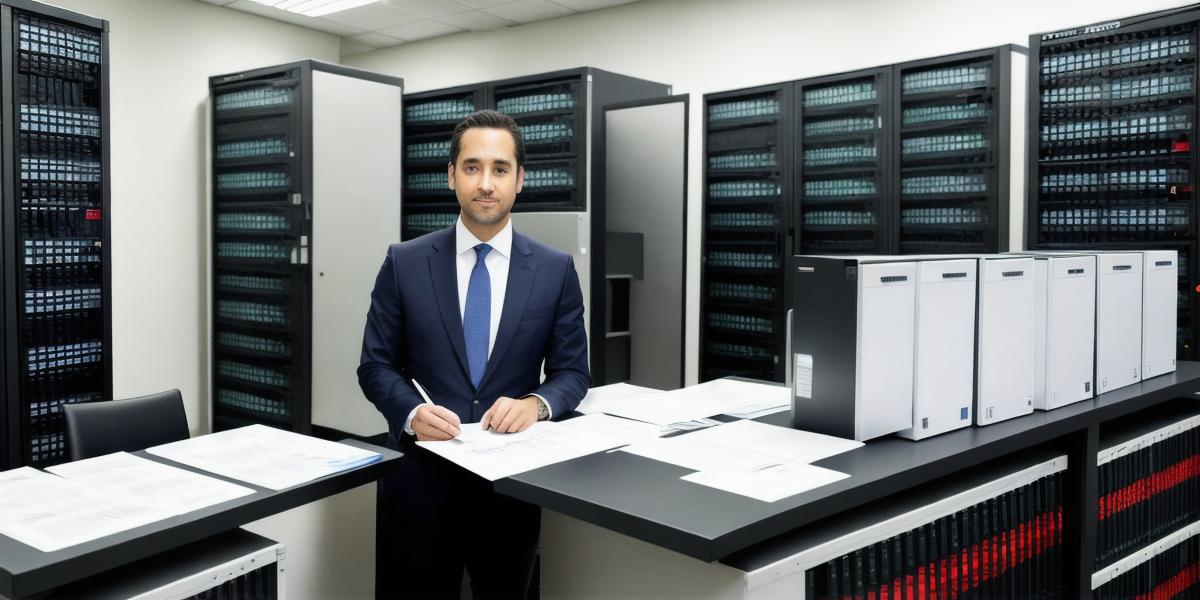When setting up a data room for the purpose of due diligence, it is essential to implement a non-disclosure agreement (NDA) to protect sensitive information. Here are some key considerations for setting up an effective data room NDA.
1. Define the Scope of the NDA
The first step in creating a data room NDA is to define the scope of the confidential information that will be shared. This includes identifying what types of information will be disclosed, such as financial statements, customer lists, or proprietary technology. Clearly defining the scope helps ensure that both parties understand their obligations and responsibilities.
**Example:**
If you are sharing financial information with potential investors, make sure to specify which financial statements, reports, and projections are included in the NDA’s scope.
**2. Duration of the NDA**
Another consideration is the duration of the NDA. While some agreements may be perpetual, others may only last for a specific period. Be clear about when the NDA expires to avoid any ambiguity or misunderstandings.
**Example:**
If you are sharing confidential information with a potential acquirer during the due diligence process, make sure to specify an expiration date that aligns with the anticipated closing date of the deal.
**3. Permitted Uses of Confidential Information**
It is important to define the permitted uses of confidential information in the NDA. This could include things like analysis, due diligence, or discussions related to a potential transaction. Be clear about what the recipient can and cannot do with the shared information.
**Example:**
If you are sharing customer lists with a potential partner for the purpose of joint marketing efforts, make sure to specify that the list can only be used for this purpose and cannot be shared with third parties without your consent.
**4. Confidentiality Obligations**
The NDA should outline the confidentiality obligations of both parties. This includes things like maintaining the confidentiality of the information, using reasonable efforts to protect the information from unauthorized disclosure, and not disclosing the information to third parties without consent.
**Example:**
If you are sharing proprietary technology with a potential supplier, make sure to include strict confidentiality obligations that require them to take appropriate measures to protect the technology from unauthorized access or disclosure.
**5. Exceptions to Confidentiality**
There may be exceptions to the confidentiality obligations outlined in the NDA. These could include things like disclosures required by law, disclosures made with your consent, or disclosures made to third parties under a separate NDA. Be clear about what exceptions apply and under what circumstances they can be exercised.

**Example:**
If you are sharing financial information with auditors for the purpose of financial statement audits, make sure to include an exception that allows for this disclosure as long as it is made in accordance with applicable law or regulatory requirements.

**6. Remedies for Breach**
Finally, consider including remedies for breach of the NDA. This could include things like damages for losses suffered as a result of the breach, injunctions to prevent further disclosures, and other equitable relief. Be clear about what remedies are available in the event of a breach and how they can be enforced.
**Example:**
If you discover that a recipient has disclosed confidential information to third parties without your consent, make sure to include provisions for seeking damages, obtaining an injunction to prevent further disclosures, and other remedies as appropriate.
In conclusion, setting up a data room NDA requires careful consideration of the scope of confidential information, duration of the agreement, permitted uses, confidentiality obligations, exceptions to confidentiality, and remedies for breach. By addressing these key considerations, you can help ensure that your sensitive information remains protected during due diligence processes or other information-sharing activities.
